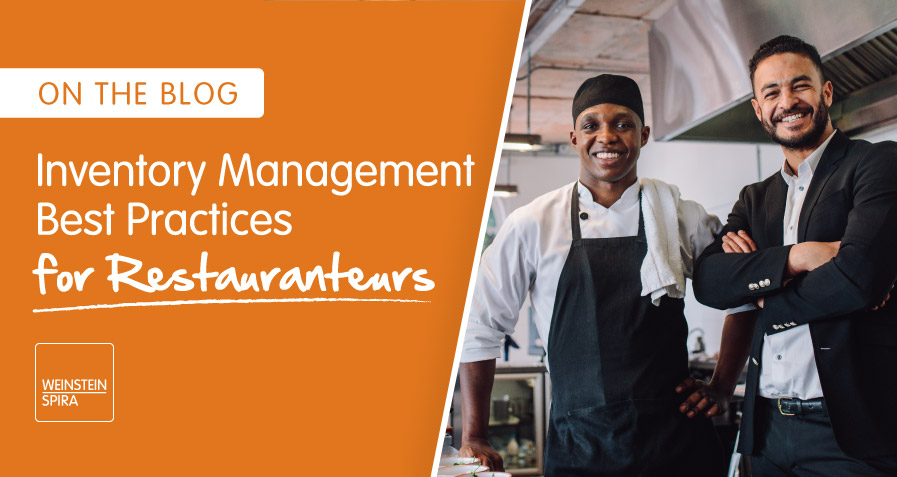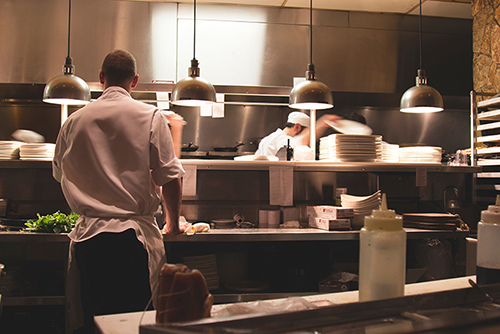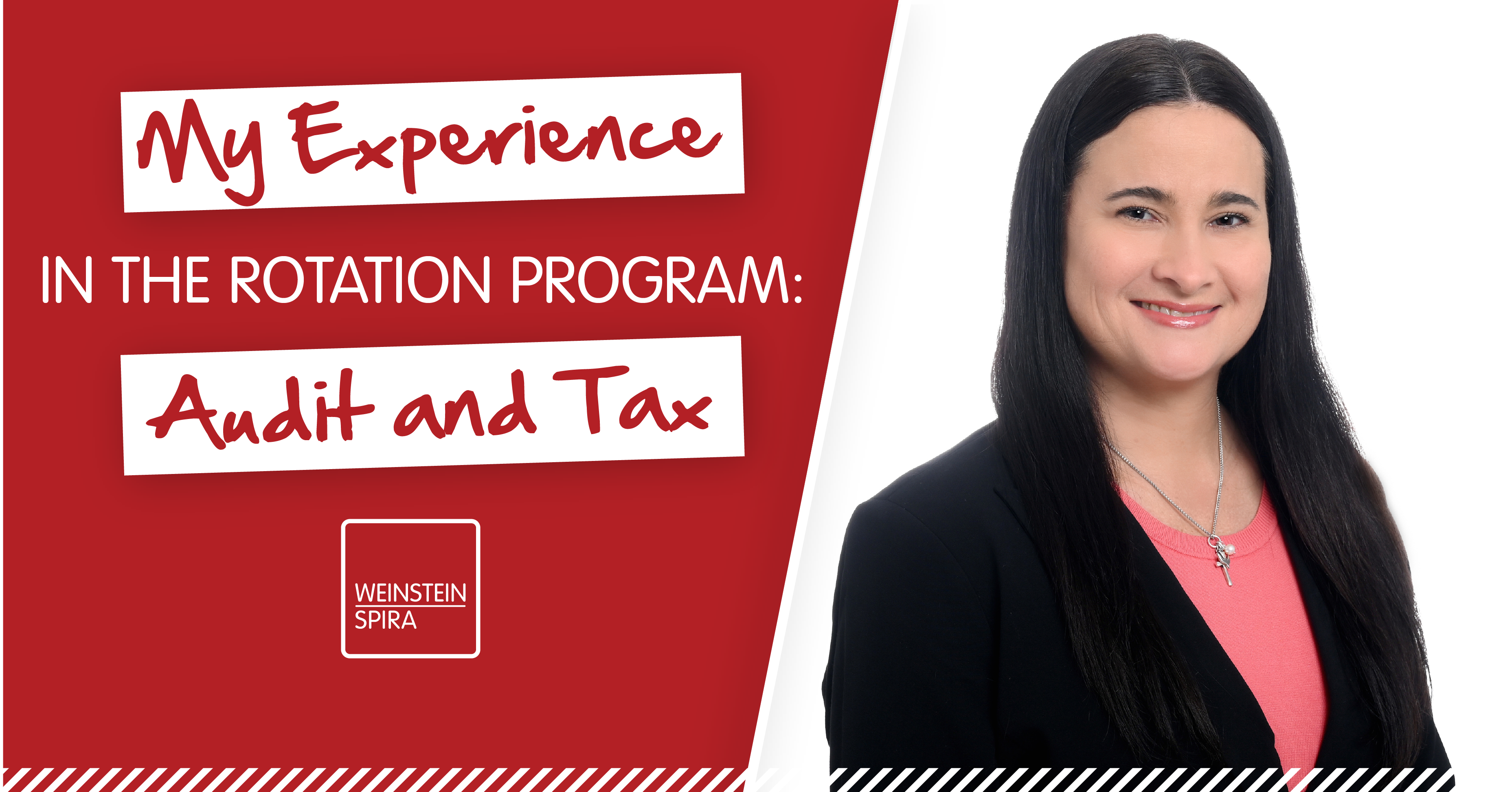As many of my audit and consulting clients are in the restaurant and hospitality industry, I am familiar with the various challenges they face to effectively manage inventory. Like most other industries, the goal is to have minimal capital tied up in inventory, while still being able to meet customer demand. Restaurants, however, have certain unique issues pertaining to food and beverage inventory—from spoilage due to perishability, to variance (over-use, portion size, etc.), to theft by employees—that impact their profit and loss statements. In this post, I will recommend “best practices” that can help restauranteurs mitigate these common problems and, thus, improve their bottom line through tighter inventory controls.
Effective Inventory Management Practices
Implementing the following best practices will lead to more effective inventory management:
- Set par levels – Determine a standard (or par) level for both perishable and non-perishable food items that you are comfortable having on hand, and then purchase to maintain those levels. This involves predicting demand, based on historical use (also taking into account seasonality and holidays), in order to minimize inventory and reduce spoilage. Par levels may have to be adjusted based on the delivery schedules and/or minimum order requirements of your vendors. Once the right par levels are determined, thresholds for re-ordering can be set.
- Evaluate suppliers – It is a good idea to evaluate your suppliers, at least annually, with an eye on quality, reliability, frequency of delivery and payment terms. Additionally, as often as possible, go through a competitive bidding process to make sure you are getting the best deal.
- Consider a purchasing program – Large restaurant supply companies often offer a purchasing program, i.e. a cost-plus system that does not lock you into fixed rate purchase prices. Such arrangements are cost-effective and cut down on how often you need to obtain competitive bids.
- Avoid theft – With the increased use of credit cards by restaurant patrons, one type of theft has diminished, i.e. not ringing up a sale and pocketing the cash. However, there is still the case of employees being tempted to steal food or alcohol.Inventory theft can be avoided in several ways:
- Arrange deliveries at offbeat times, and do not schedule multiple deliveries from different vendors at the same time.
- Watch for any inventory leaving through the back door. It helps to have a security camera positioned at the rear exit and to monitor trash bins for stolen goods hidden in the bottom.
- Restrict the type of bags that staff can bring to work, i.e., no large backpacks and only small purses.
- Maintain quality standards and accuracy of deliveries – This practice not only assures a high level of quality is provided with every delivery, but also guards against the wrong count or missing items.Again, there are several ways to maintain quality standards accuracy:
- Always have someone present who is knowledgeable about the order and quality standards to inspect deliveries. Items received should be counted or weighed as soon as possible.
- Inspect all deliveries! Do not accept non-conforming goods or deliveries in excess of ordered quantities. Always match billed quantities to received quantities to avoid overpaying. If any discrepancies are detected, be sure to notify the supplier immediately and request a new invoice to accurately reflect the order. The key is to only receive what you ordered and only pay for what you received.
- Protect and organize the storage area– Once an order is received and counted, only an “authorized” person (not the vendor) should load it into the storage facility. A locked storage room with restricted entry should be considered especially for high-dollar items. Keeping this space secure minimizes theft, and keeping things organized makes it easier to find things.
- Count inventory regularly – Inventory needs to be counted and re-counted regularly (daily for more expensive items, and weekly for most other key items, including liquor). Inventory counts are critical for accurate financial reporting and also help to deter theft and detect variances caused by over-portioning. At least two employees should always be present during counting. Opened liquor bottles should be counted with precision (e.g. to the 10thof a bottle).
- Implement zero tolerance theft policy – Inform all new hires during training and via your employee handbook that no theft will be tolerated.
- Know your menu – It is important to know the theoretical cost of each of your menu items. Some restaurant software systems will allow you to cost your menu items down to the ingredient level. This will help you gain knowledge to cost out each item on the menu. Then, you can use data from your point-of-sale system to compare theoretical inventory levels to actual levels and investigate variances.
- Analyze your food and beverage margins– Comparisons of food and beverage costs as a percentage of sales over time is key to detecting inventory loss. I recommend that management look at weekly profit and loss reports and analyze food and beverage cost percentages to identify where changes may need to be made, such as reducing portions, altering ordering schedules and/or modifying menu pricing.
Summary
If you pay attention to the three main aspects of inventory control – spoilage, theft and variance – you will be well on your way to improving your restaurant operations and guarding against unnecessary losses.




